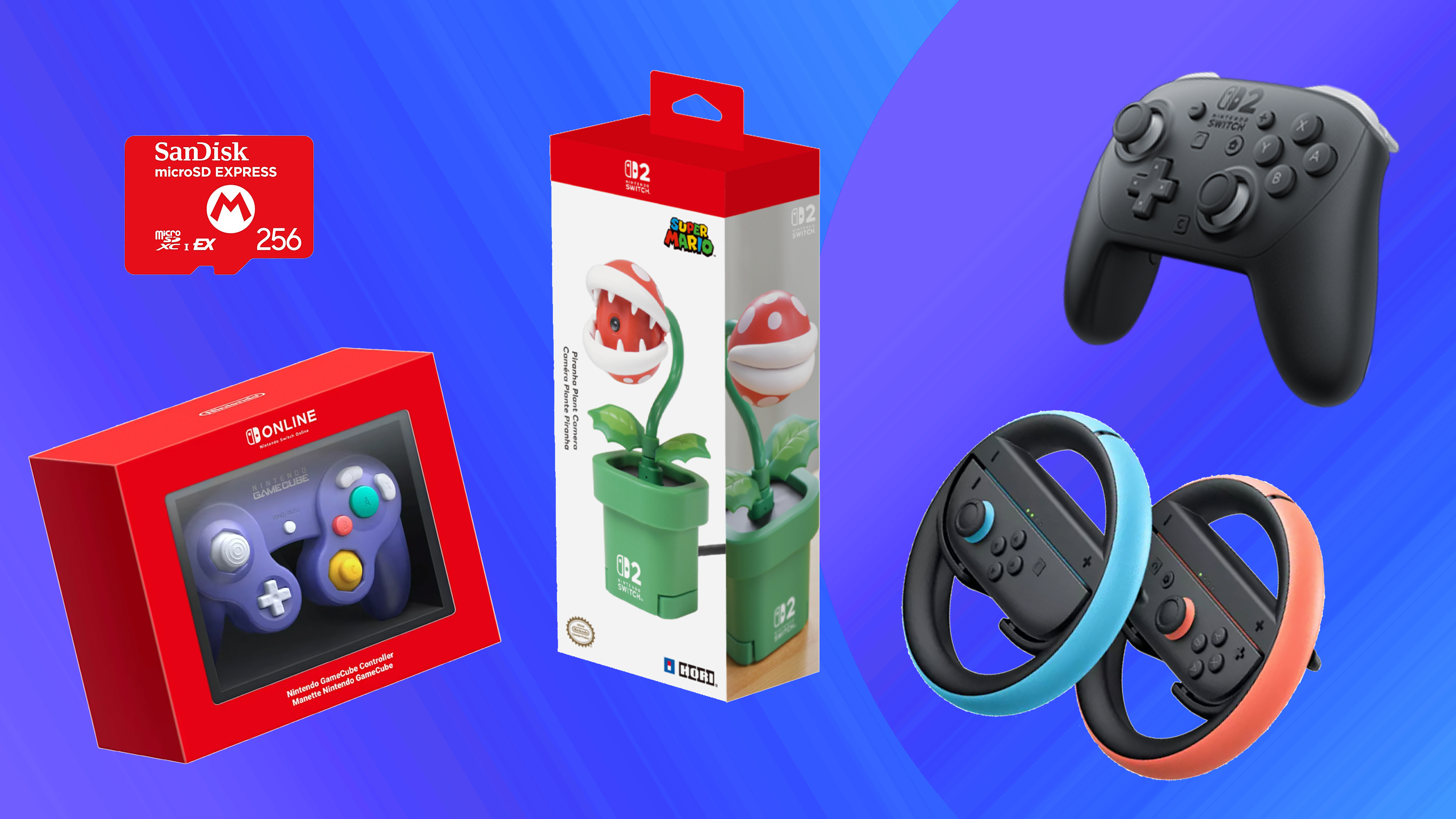10 tips for photographing your own work
You don’t need loads of expensive gear to take great photos; just follow Joel Voelker’s expert checklist
Presenting your work to the world – and to prospective employers – can be a daunting task. Having clean, well-lit, properly photographed images of your work is invaluable. While studying graphic design, I became fascinated with product photography and photographing my work as a project in itself. I found that you don’t need a fancy camera or expensive lights to take good photo: with the materials that you likely already have around you – and a little patience and creativity – you can take professional images. Here’s what you need to get started…
01. Light
More is better. 200-watt clear bulbs are about $3 (£1.90) but I would recommend 500-watt tungsten bulbs (get 500-watt light sockets for them). You’ll want two or three lights: one for the main light, one for a ‘fill’ light on the other side to fill the shadows and an optional third for a rim light
02. Light temperature
Use all the same kind of bulbs so that they’re the same temperature – referring to how yellow or blue the light is – and you don’t get unwanted colour variation.
03. Light modifiers
A bare light bulb will give you a very hard shadow; a softer light will be more pleasing. Tracing paper works incredibly well. Hang it in front of the bulb (not too close, you don’t want it to burn) or make a frame for it with cardboard or foam core. The tracing paper diffuses the light and gives the effect of a larger light source, which softens the shadows. If you only have one or two lights, you can use a piece of paper or foam core on the other side of the object to bounce light back at it, giving the impression of an extra light. Try coloured paper, aluminium or gold foil for interesting effects.
04. Move the light
No one setup will be perfect for everything you shoot. Turn on one light and move it around the object until it looks interesting. Introduce a second light and do the same. You’ll likely find details in your work and ways of representing it that you hadn’t noticed before.
05. Tripod
Use a tripod. It holds the camera steady and lets you get a more accurate focus. If you’re shooting at a shutter speed of 1/150th of a second or higher, you can shoot handheld but you’ll have a hard time focusing, especially if for a close-up shot.
06. Camera
This is the least important part of a good photo. All cameras these days are so good that you should use what you are familiar with. Ideally you’ll be able to capture a RAW image (as opposed to a JPEG) so that you have more control when you edit the image.
Get the Creative Bloq Newsletter
Daily design news, reviews, how-tos and more, as picked by the editors.
07. Camera settings
Shoot RAW if possible. Use a low ISO (100-200) as it will give less noise. Shoot with an aperture of f/5.6 or higher unless you want some of the image out of focus. Use Auto White Balance unless you know the temperature of your lights (you can adjust it in your photo-editing software). The shutter speed should be set to whatever gives you the right exposure.
08. Backdrop
Drawing paper works well: aim for a neutral colour in your backdrop so that the colour of what you’re shooting is best represented.
09. Human element
Human interaction will always make a photo more interesting. If it’s a book, take a photo of hands holding it open. If it’s a poster, have someone hold it. If it’s a T-shirt, have someone wearing it. The photo will be less sterile and have an inviting warmth.
10. Retouching
Adjust white balance, remove dust and so on. Almost all images are retouched; don’t feel your photo has to be perfect in-camera.

Thank you for reading 5 articles this month* Join now for unlimited access
Enjoy your first month for just £1 / $1 / €1
*Read 5 free articles per month without a subscription

Join now for unlimited access
Try first month for just £1 / $1 / €1
The Creative Bloq team is made up of a group of design fans, and has changed and evolved since Creative Bloq began back in 2012. The current website team consists of eight full-time members of staff: Editor Georgia Coggan, Deputy Editor Rosie Hilder, Ecommerce Editor Beren Neale, Senior News Editor Daniel Piper, Editor, Digital Art and 3D Ian Dean, Tech Reviews Editor Erlingur Einarsson, Ecommerce Writer Beth Nicholls and Staff Writer Natalie Fear, as well as a roster of freelancers from around the world. The ImagineFX magazine team also pitch in, ensuring that content from leading digital art publication ImagineFX is represented on Creative Bloq.
